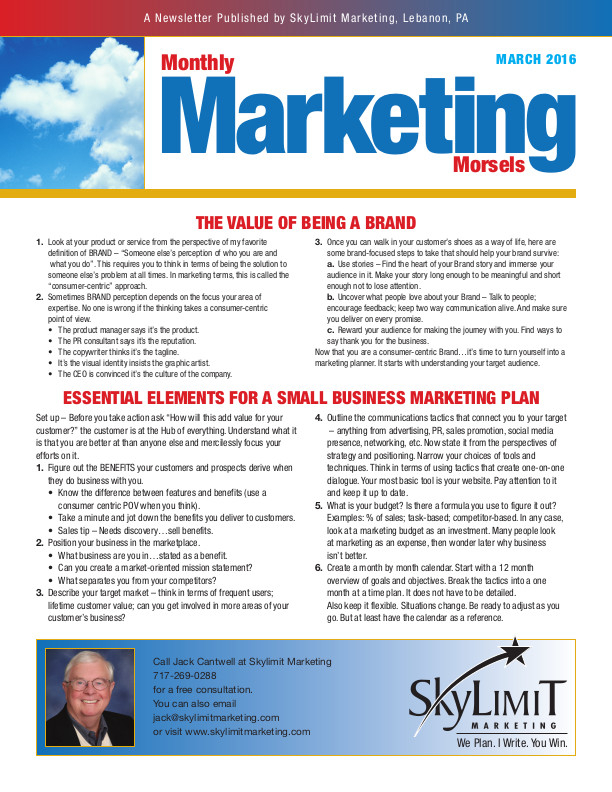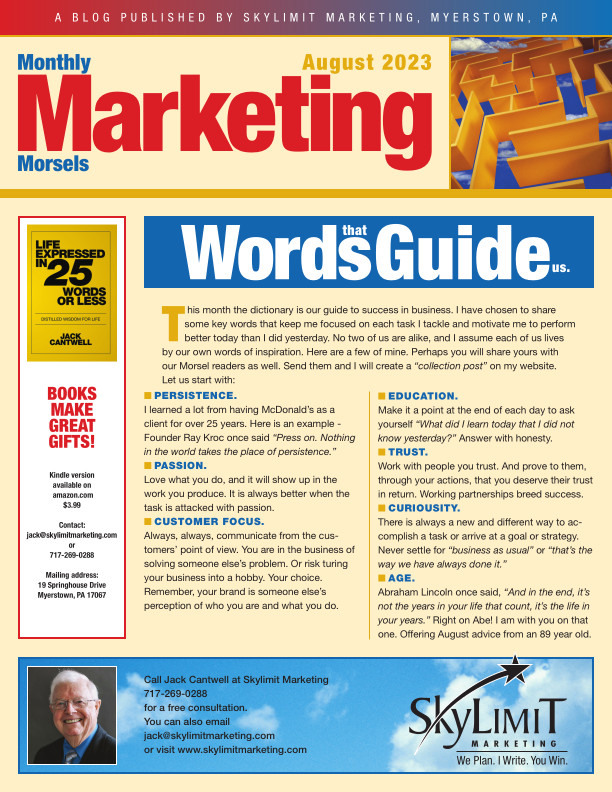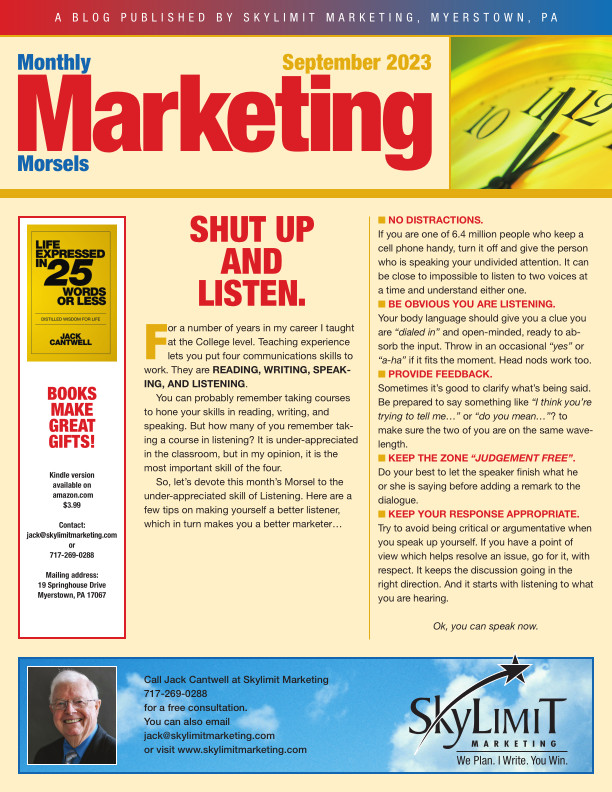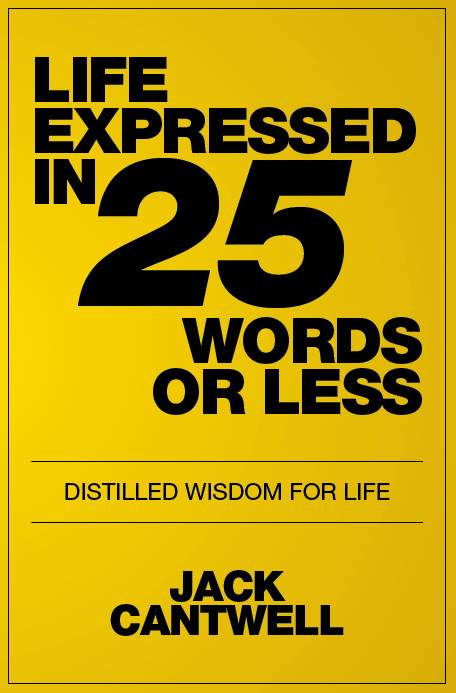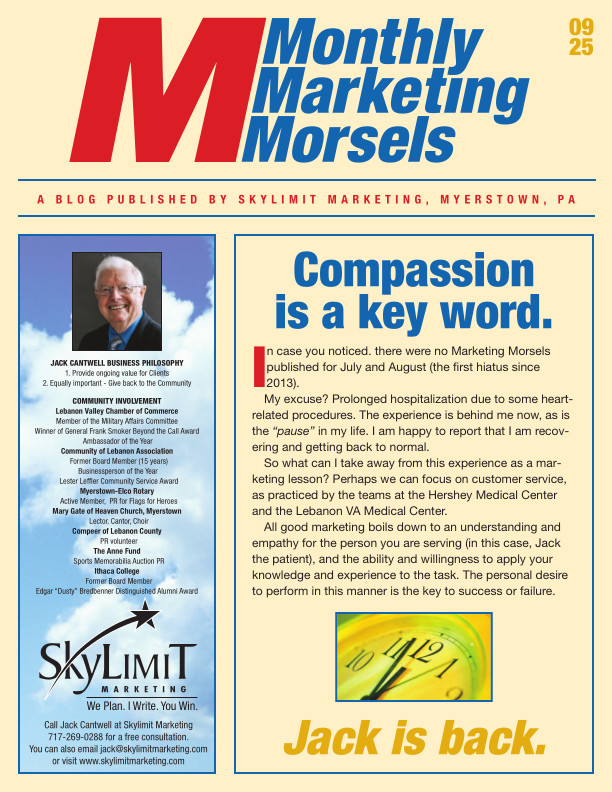This requires you to think in terms of being the solution to someone else’s problem at all times. In marketing terms, this is called the “consumer-centric” approach.
2. Sometimes BRAND perception depends on the focus your area of expertise. No one is wrong if the thinking takes a consumer-centric point of view.
- The product manager says it’s the product.
- The PR consultant says it’s the reputation.
- The copywriter thinks it’s the tagline.
- It’s the visual identity insists the graphic artist.
- The CEO is convinced it’s the culture of the company.
3. Once you can walk in your customer’s shoes as a way of life, here are some brand-focused steps to take that should help your brand survive:
- Use stories – Find the heart of your Brand story and immerse your audience in it. Make your story long enough to be meaningful and short enough not to lose attention.
- Uncover what people love about your Brand – Talk to people; encourage feedback; keep two way communication alive. And make sure you deliver on every promise.
- Reward your audience for making the journey with you. Find ways to say thank you for the business.
Now that you are a consumer-centric Brand…it’s time to turn yourself into a marketing planner. It starts with understanding your target audience.
THE VALUE OF BEING A BRAND ESSENTIAL ELEMENTS FOR A SMALL BUSINESS MARKETING PLAN
Set up – Before you take action ask “How will this add value for your customer?” the customer is at the Hub of everything. Understand what it is that you are better at than anyone else and mercilessly focus your efforts on it.
1. Figure out the BENEFITS your customers and prospects derive when they do business with you.
- Know the difference between features and benefits (use a consumer centric POV when you think).
- Take a minute and jot down the benefits you deliver to customers.
- Sales tip – Needs discovery…sell benefits.
2. Position your business in the marketplace.
- What business are you in…stated as a benefit.
- Can you create a market-oriented mission statement?
- What separates you from your competitors?
3. Describe your target market – think in terms of frequent users; lifetime customer value; can you get involved in more areas of your customer’s business?
4. Outline the communications tactics that connect you to your target – anything from advertising, PR, sales promotion, social media presence, networking, etc. Now state it from the perspectives of strategy and positioning. Narrow your choices of tools and techniques. Think in terms of using tactics that create one-on-one dialogue. Your most basic tool is your website. Pay attention to it and keep it up to date.
5. What is your budget? Is there a formula you use to figure it out? Examples: % of sales; task-based; competitor-based. In any case, look at a marketing budget as an investment. Many people look at marketing as an expense, then wonder later why business isn’t better.
6. Create a month by month calendar. Start with a 12 month overview of goals and objectives. Break the tactics into a one month at a time plan. It does not have to be detailed. Also keep it flexible. Situations change. Be ready to adjust as you go. But at least have the calendar as a reference.
View previous monthly morsels on our Free Marketing Advice page.





